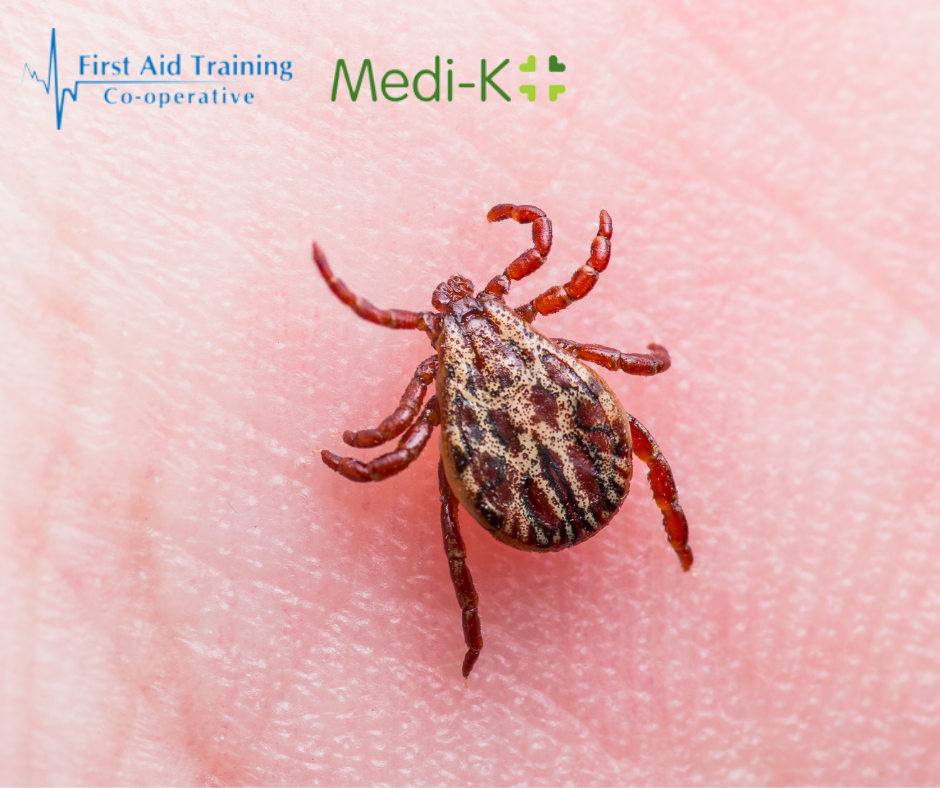Lyme disease

1. Lyme disease was diagnosed as a separate condition for the first time in 1975 in Old Lyme, Connecticut.
2. Lyme disease is an infectious disease caused by the Borrelia bacterium which is spread by ticks.
3. The most common sign of infection is an expanding red rash, known as erythema migrans, that appears at the site of the tick bite about a week after it occurred. The rash is typically neither itchy nor painful. Not all infected people get the rash. Symptoms can occur anywhere from 3 to 30 days after the bite.
4. The chances you might get Lyme disease from a tick bite depend how long the tick was attached to you. If the tick was attached for less than 24 hours, it is highly unlikely you will be infected
5. Early symptoms of Lyme disease may include fever, headache and tiredness. If untreated, symptoms may develop and include loss of the ability to move one or both sides of the face, joint pains or severe headaches with neck stiffness
6. Prevention includes efforts to prevent tick bites such as by wearing clothing to cover the arms and legs, insect repellents, carrying out tick check safter walks and keeping your pets clear of ticks
7. Ticks can be removed using tweezers, tick tweezers or a tick card. Do not try to burn or poison a tick
8. Doctors diagnose it based on symptoms and a history of tick exposure. There is a blood test for Lyme disease but the accuracy of the test depends on when you got infected.
9. What is the treatment for Lyme disease? Antibiotics are used to treat early stage Lyme infection will clear up to 90% of cases
10. Lyme disease is the most common disease spread by ticks. It is estimated to affect 65,000 people a year in Europe each year.
Find out more about Lyme disease by attending one Medi-K’s first aid courses or take a look at the Tick Alert website. To find out which first aid course is best for you check out Medi-K’s specific equestrian first aid webpage<.a>.


 EquiToolz
EquiToolz